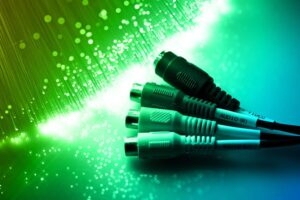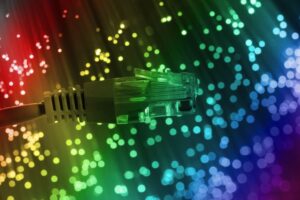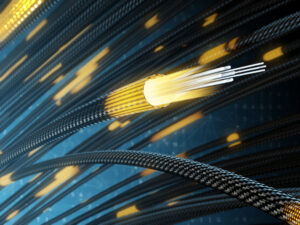Fiber optics are fast, reliable, and can run long distances. However, nothing is ever fool proof. Whether due to or regular wear and tear, there may be instances where your fiber optics struggle to work. In these situations, you’ll need to troubleshoot your fiber optic problems. Here’s how to get started:
Most Common Fiber Optic Problems
Sometimes, it’s obvious what’s wrong with your fiber optics. For example, if your internet went out right after a big storm, you can trust that the storm caused some damage to your fiber optics. But some issues are not always so clear and certain. In these instances, it’s beneficial to know the most common problems that can crop up with fiber optics so you can begin to narrow down your list. These include the following:
- Dirty connector/fiber jumper
- Connector damage
- Excessive use of fiber optical joints and connectors
- Broken fiber due to excessive bending
- Disconnected cable
- Faulty splices or too many splices
- Faulty connection to patch panel
- SM/MM compatibility
- SFP/fiber optic module for network switch
- Damage to cables due to environmental impact (e.g., weather, construction, animals, etc.)
What to Do Next
Your fiber connection has gone out, so what is your next move? Using the list above, you can either eliminate or narrow down on possible factors. However, it’s likely you still have a few problems that could be the culprit. In these instances, it’s best to get a certified professional to investigate the problem for you. At Coastal Contracting LLC, we provide fiber optic installation and troubleshooting for Hampton Roads and the surrounding areas. We use OTDR, fiber power meter and Fluke Versiv fiber certification to test and certify fiber optic cabling. We will help you get back online, so give us a call today!



